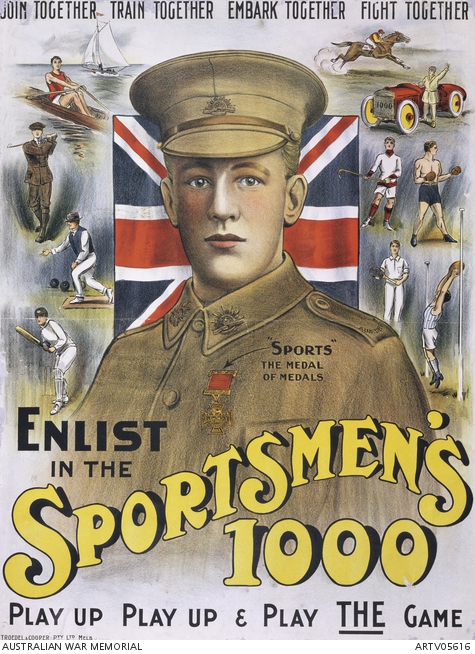Albert Jacka
Albert Jacka was born on 10 January 1893 at Layard in Victoria. He completed elementary schooling before working as a labourer, first with his father and then with the Victorian State Forests Department. He enlisted in the Australian Imperial Force in September 1914 and, after training in Egypt, landed on Gallipoli with his battalion on 26 April 1915.
Just over three weeks later, with the Anzacs now entrenched above the beaches, the Ottoman army launched a large-scale frontal assault against the Anzacs’ positions. A group of Ottoman soldiers captured a small section of trench at a position known as Courtney’s Post, which Albert was guarding with four other men.
Early attempts to drive them out failed, until Jacka, crossed leapt into the trench and single-handedly killed seven Turkish soldiers. He then held the trench alone for the remainder of the night until reinforcements arrived. For his “most conspicuous bravery” he was awarded Australia’s first Victoria Cross of the First World War.
Jacka quickly became famous – back home his likeness was used on recruiting posters and his exploits featured regularly in newspapers, particularly in his native Victoria. He rose rapidly through the ranks and was soon commissioned as a lieutenant.
Jacka went on to serve on the Western Front, where he received the Military Cross at Pozières in August 1916 and again at Bullecourt in April 1917. As Australia’s official war correspondent Charles Bean described Jacka’s actions at Pozières, during which he rescued a group of recently captured Australians, as “the most dramatic and effective act of individual audacity in the history of the AIF”.
Jacka was severely wounded during this action, and was further wounded when hit by a sniper’s bullet in July 1917. He returned to the front after both occasions, but in May 1918 was gassed during a German artillery bombardment near Villers-Bretonneux, after which his remarkable military service came to an end.
Jacka returned to Australia in September 1919. Greeted by a large crowd upon his return, he was described in one newspaper as “the symbol of the spirit of the Anzacs”. After being demobilised in January 1920 he went into business with two members of his former battalion. The following year he married, and he and his wife later adopted a daughter.
Jacka was elected to the St Kilda Council in 1929 and became mayor the following year. His political career was characterised by his strong interest in assisting the unemployed, particularly ex-servicemen. Around this time his business was forced into voluntary liquidation and his health began to deteriorate, and soon he died from kidney disease, aged just 39.
More than 6,000 people filed past Jacka’s coffin as it lay in state, and his funeral procession, flanked by thousands of onlookers, was led by more than 1,000 First World War veterans. His coffin was carried by eight other Victoria Cross recipients, and he was buried with full military honours in St Kilda Cemetery.
Activities
1. Why was it important to promote the war back in Australia?
2. What effect would Albert Jacka’s story have had on Australians back home during the war?
3. As Australia’s first Victoria Cross recipient in the First World War, Albert Jacka’s image was often used on recruitment posters back home. Looking at the poster below, who was this poster aimed at? What kinds of techniques have been used to appeal to that audience?
4. Look at the poster below. What kinds of techniques have been used to appeal to the audience?
5. Compare the two posters. Which one do you think would be more effective? Why?

